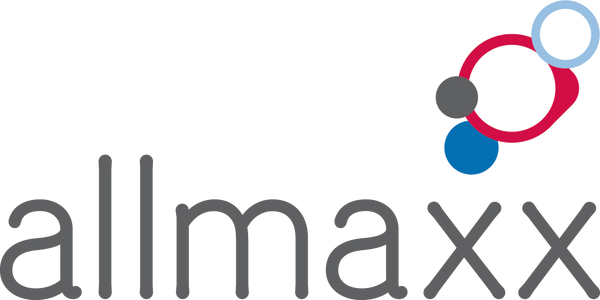Duftoase
Exam preparation: learning types and their learning techniques
Exam preparation: learning types and their learning techniques
Our exam preparation trilogy starts today. On the allmaxx blog you can get tips and tricks on how to learn most effectively and quickly and pass the exams with the best grades. We'll tell you secrets to increase concentration and you'll learn the best practice for self-motivation. Today we start with the learning types and their learning techniques!
For many students, it's the worst time of the year - because how can all this material fit into their heads in such a short time?
This question is easy to answer if you know how you learn and which learning techniques allow you to retain the most knowledge. With the right tips, preparing for the exam will be much easier and the results will surprise you positively.
Distinction into four learning types
A basic distinction is made between four different learning types, each of which defines how a person absorbs and processes information. They are the individual way of learning and should definitely be taken into account when preparing for exams.
The visual learner type
People who are visual learners memorize what they see more easily than information they have only heard about in a story, for example. However, when they read content, look at pictures, or illustrate shapes, they find it easier to remember them. Visual learners enjoy reading and should do so when preparing for exams. The professors' statements will only be remembered if these people take good notes and read the information again later and internalize it.
The auditory learner type
Auditory learners are people who remember information they hear particularly well. You don't necessarily have to have taken a lot of notes in the lecture to achieve good exam results. It is often enough for auditory learners to listen with concentration. It's best to memorize what you've heard several times, which is why it makes sense for these people to read the material out loud again to prepare for the exam. Audio books and spoken explanations of diagrams or illustrations are also helpful learning techniques.
The motor learning type
Motor learners understand connections best when they can be demonstrated using practical examples. If they have the opportunity to carry out certain processes themselves, they will be internalized in the best possible way. The most suitable learning technique for these people is learn by doing - i.e. learning through concrete actions and trying things out. Motor learners should gain their own experience with the material to prepare for exams.
The communicative learning type
The last type of learner obtains information through one-on-one conversations, discussions and conversations. He uses a communicative learning technique. This means that he learns by dealing with topics verbally, by discussing opinions, arguments, questions and answers. It is difficult for him to acquire knowledge alone and therefore learning groups are the best way for communicative types to prepare for exams.
Overview of learning techniques for exam preparation
Visual learner type
- Write down information and read it again to prepare for the exam - both writing and reading repeatedly are memorable.
- Mind maps, sketches, drawings and diagrams will help you remember the material better and understand connections.
- Explanatory films and pictures are ideal learning aids.
- You can underline, write in bold and italics or use bright colors for your exam preparation, because these visual features support memory.
Auditory learning type
- Read the material out loud to prepare for the exam.
- Explain diagrams and illustrations to yourself – speak or sing to yourself.
- Try to present content like in a lecture.
- Make sure that no noises disturb you while preparing for the exam. Auditory people are easily distracted by distracting noises.
Motor learning type
- Experiments or field studies help to illustrate connections and retain information.
- Learn on the move: Run, up and down, or hold something in your hand while you memorize information.
- Learning in groups helps to illustrate situations and can be used to replicate relevant content for exam preparation.
- Role-playing games, tactile, tactile or even different-smelling objects help to connect associations with the learning material and thus make it easier to memorize.
Communicative learning type
- Learning with partners or in a group makes it easier to acquire knowledge.
- Talk about the learning material with different people and discuss it.
- Role-playing games can also be helpful in preparing for exams, as different positions have to be taken and represented communicatively.
- Questioning each other or playing knowledge quizzes are also suitable learning techniques.
What type of learner are you?
Now you know the different learning types and their learning techniques and can find out what your optimal exam preparation can look like. Simply find the statement that suits you best and adapt your learning technique to it:
- I remember where information is in my notes! : visual
- I'm always one of the first to sing along to song lyrics! : auditory
- I can do something if I have tried it myself at least once before! : motor
- I'm always the one who asks the most questions in class! : communicative
Extra tip: Here you can get tips on books for efficient stress management and find out how with abstracts you never have to read entire books to know the content.
Image source: StartupStockPhotos @pixabay.com
The exam phase has started and everything is different this semester: you started your preparation early enough and are super disciplined, right? If not, you definitely need to read our exam preparation trilogy!
Share


